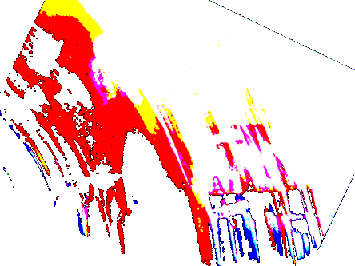|
Emanuel
Pimenta - transversal flute |
|
William
Anastasi - art process |
|
Dove
Bradshaw - art process |
|
Peter
Zummo - trombone |
|
Denardo
Coleman - percussion |
|
Joseph
Baptista - bass |
|
Jo
Locandro - synthesizers |
|
Richard
Mauro - strange instruments |
| |
| |
|
 |
Ten
years ago, in 1992, John Cage died. Now, a group of musicians
and artists, some of them close friends of Cage, decided to make
an unexpected celebration. Next November the 21st, Thursday,
at 8 PM, Emanuel Dimas de Melo Pimenta, William Anastasi, Dove
Bradshaw, Peter Zummo, Dernardo Coleman, Joseph Baptista and
Richard Mauro will make a concert and simultaneously an artwork
at the Gary Tatintsian Contemporary Art Gallery, as a homage
to John Cage. Nothing was prepared in advance. «It will
be a surprise, even to us. No intention, no order of value. One
does not know what the other will do» - says Emanuel Pimenta
who was, like William Anastasi and Dove Bradshaw, a friend of
the composer. And, as he said to William Anastasi, «John
Cage would be very happy to be with us in this evening».
The Contemporary Art Gallery Gary Tatintsian is at 508 West 26
Street #214. |
